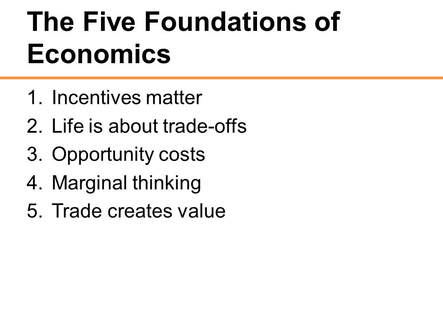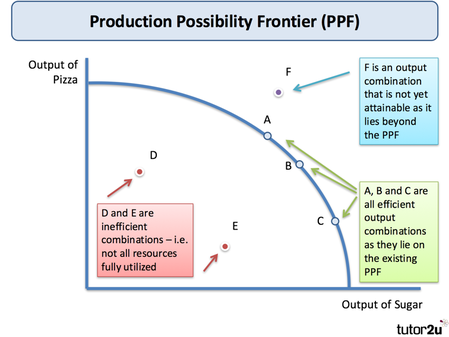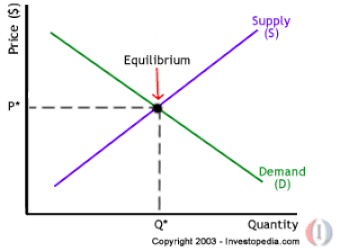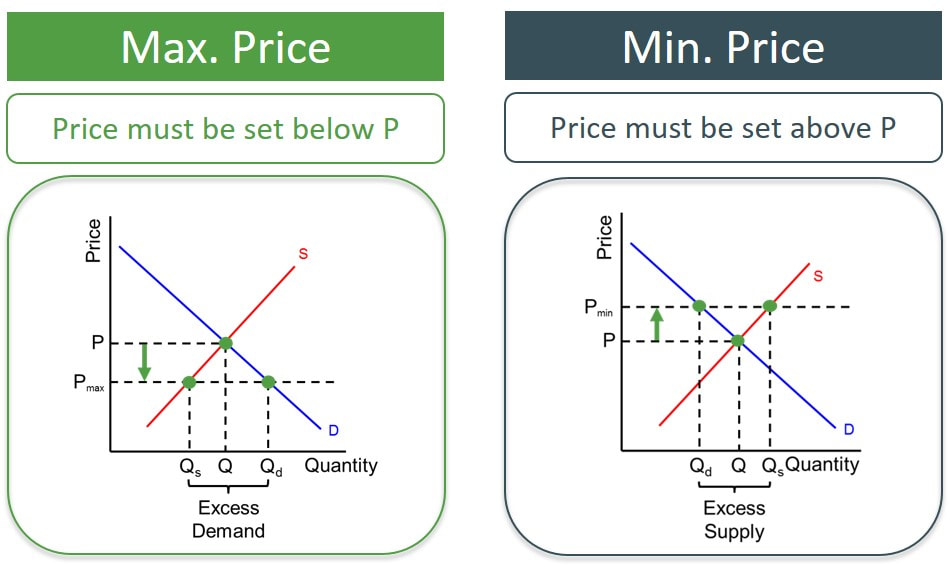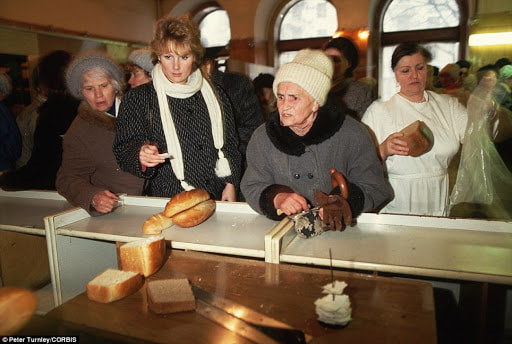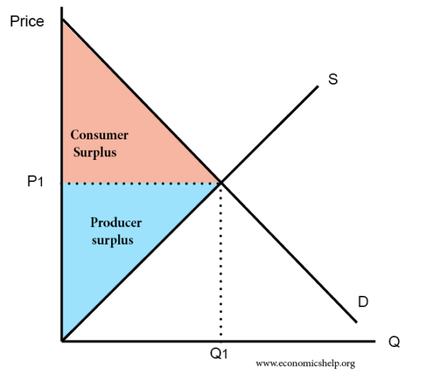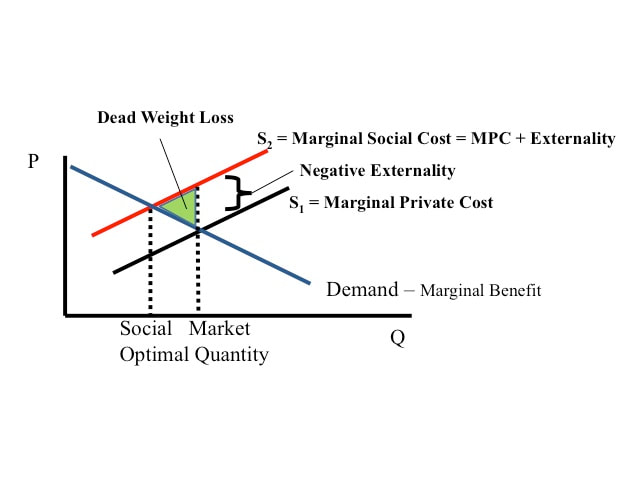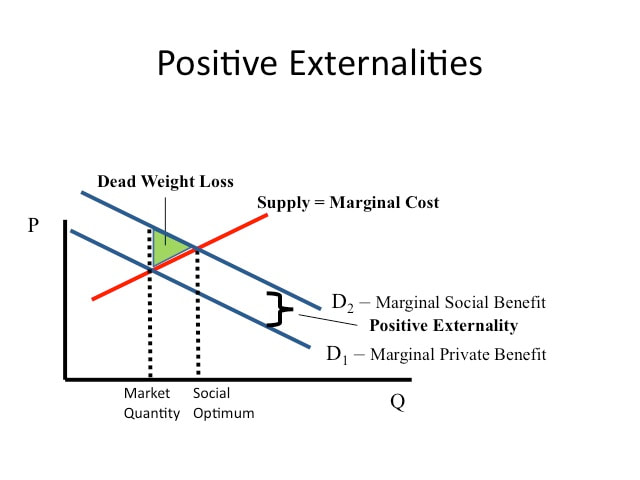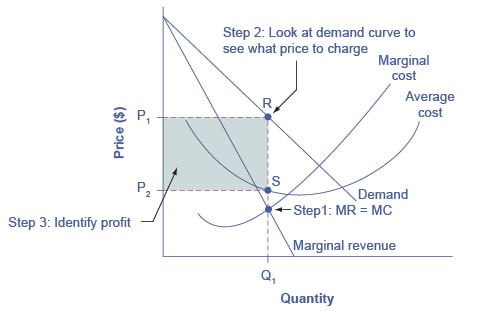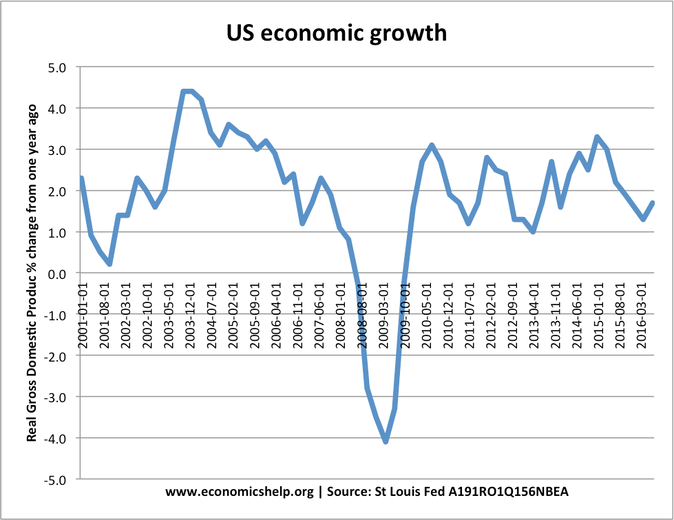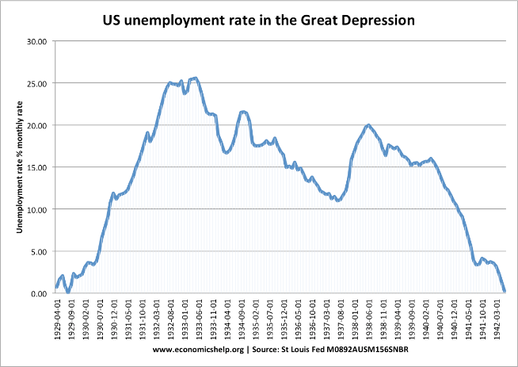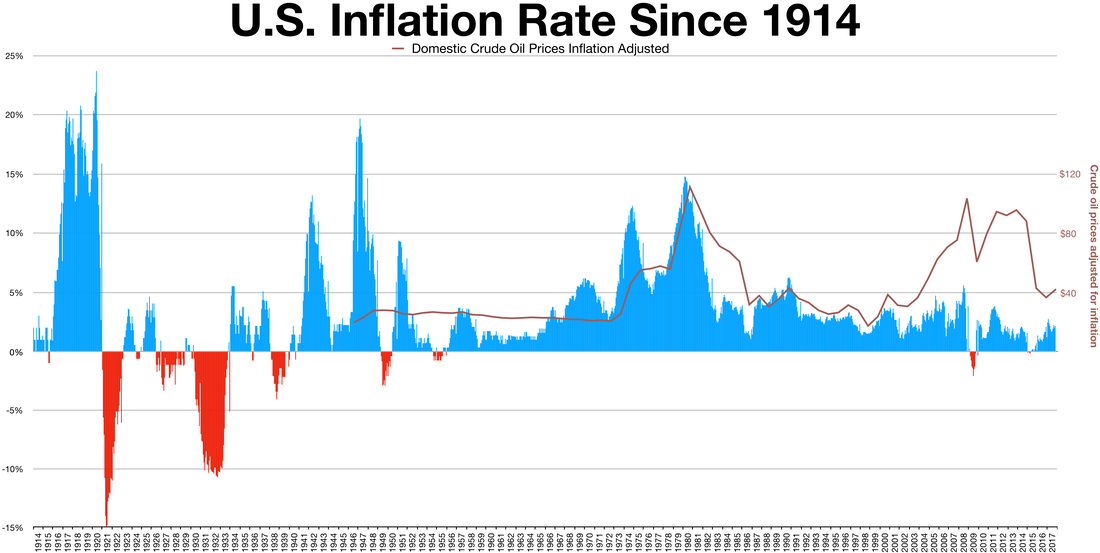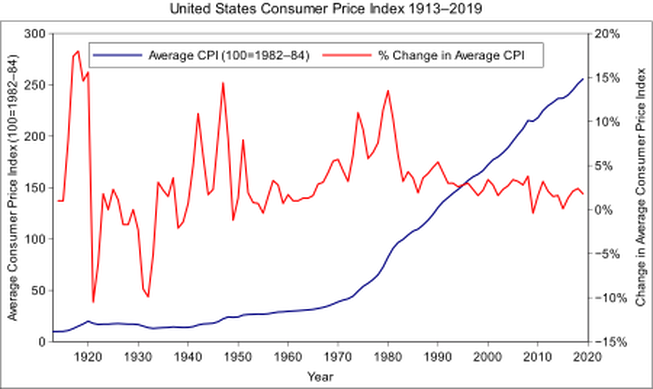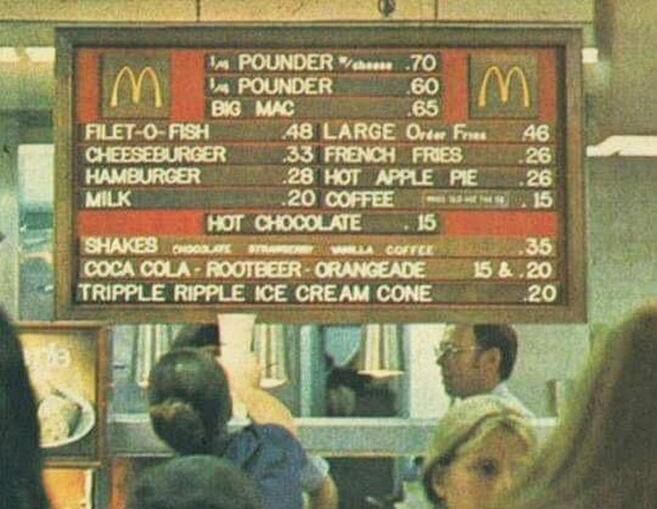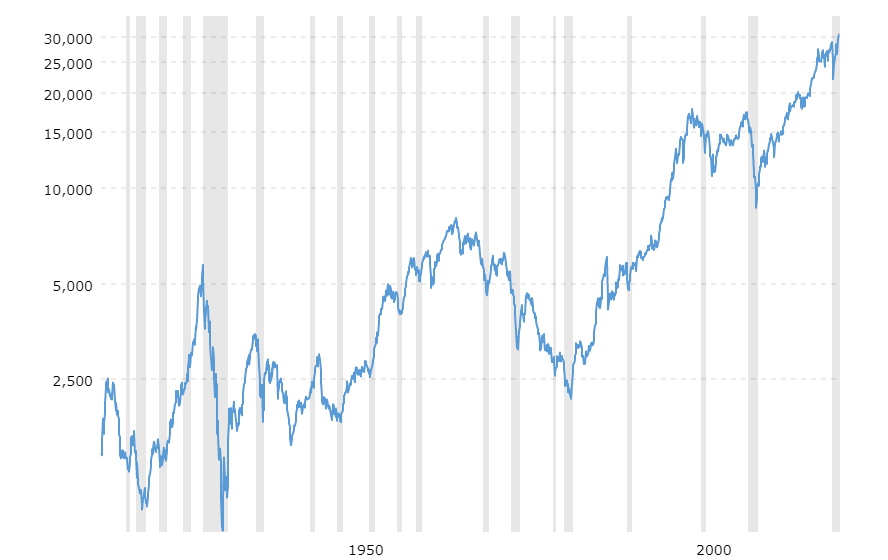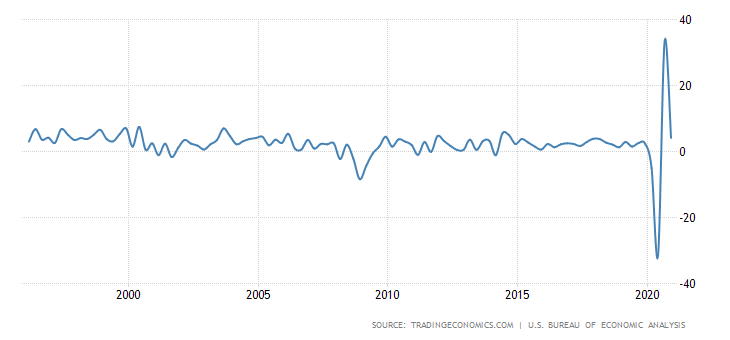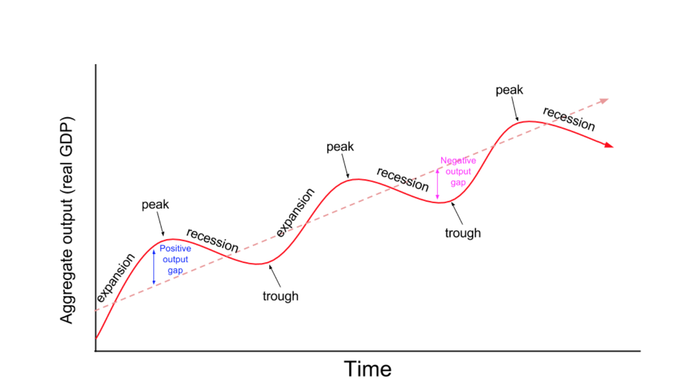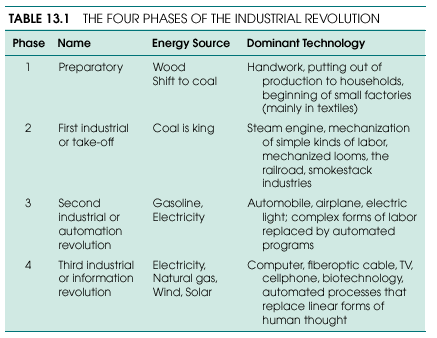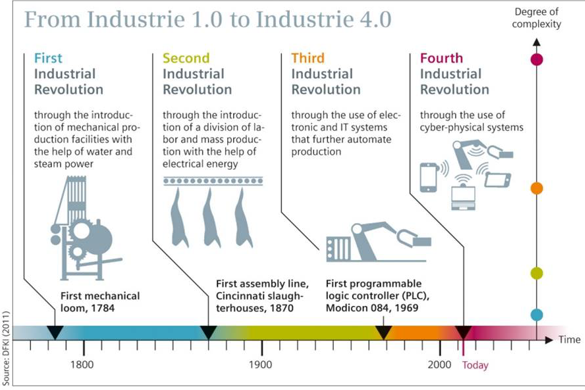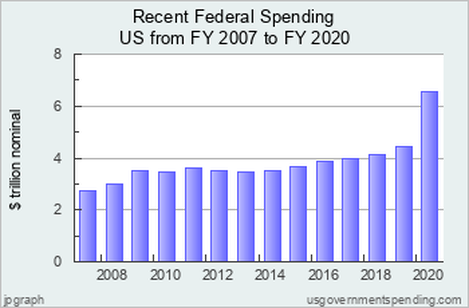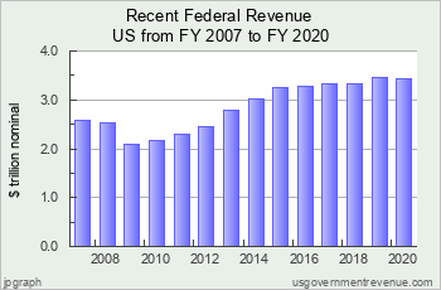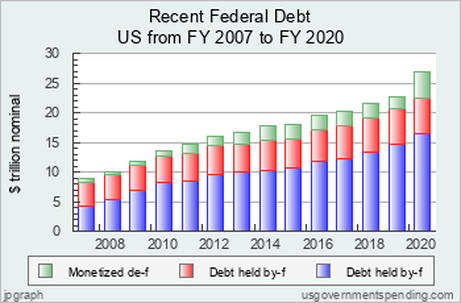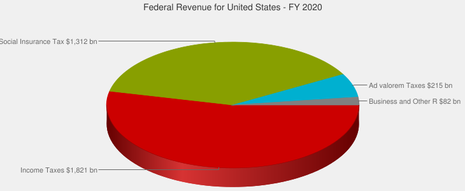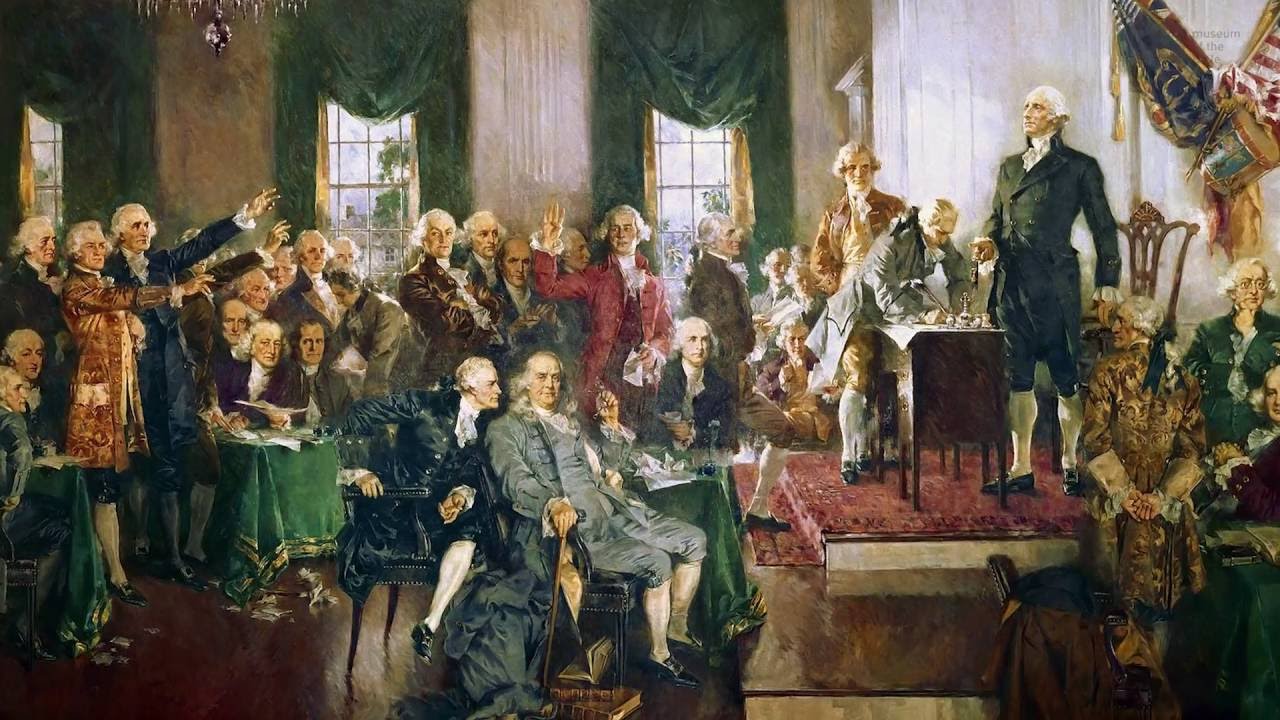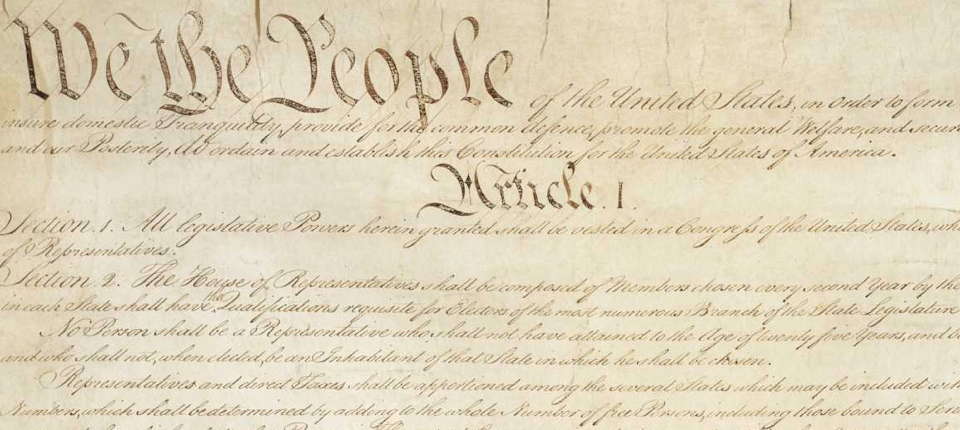2020-2021 Textbook: Mateer & Coppock, Principles of Economics, 1st ed.
2022-2023: NOTE: We will be using BJU Economics, 2nd or 3rd edition. The two editions are almost identical, and the 2nd edition is much cheaper. You do not need a separate 'Workbook'. I will be linking to the Declaration of Independence, Bill of Rights, and the U.S. Constitution when we get there, so nothing else to buy.
2022-2023: NOTE: We will be using BJU Economics, 2nd or 3rd edition. The two editions are almost identical, and the 2nd edition is much cheaper. You do not need a separate 'Workbook'. I will be linking to the Declaration of Independence, Bill of Rights, and the U.S. Constitution when we get there, so nothing else to buy.
| graph_paper_10ths.pdf | |
| File Size: | 13 kb |
| File Type: | |
Course Outline
NOTE: This course was used 2020 with the Mateer book. You can possibly re-use this course if using a college textbook. DO NOT DELETE THIS !!!!
Introduction
Unit 1: The Five Foundations of Economics
|
Reading
Mateer and Coppock, Ch. 1 Topics
Lab "Auctioning Off Dollars" classroom experiment Chapter homework questions Ch. 1: QFR #1-5, and SP #2,3,5 (8 questions total). Number your answers as they are numbered in the book, and give complete answers! Files
| |||||||
Unit 2: Model Building and Gains from Trade
|
Reading
Mateer and Coppock, Ch. 2 Topics
Labs "World Oil Supremacy" - a classroom experiment on cartels and human behavior "Risk and Reward Game" - a classroom simulation in stock & bond portfolio allocation Homework questions (7 total) Ch. 2: QFR #1-4, SP #2, and SP #6 (also draw the #6 PPF and label it!) Then, respond to the additional 5-part problem:
Files
| |||||||
The Role of Markets
Unit 3: Supply and Demand
|
Reading
Mateer and Coppock, Ch. 3 Topics
Labs
Files
Homework
Ch. 3 problems: QFR #1-9, and SP #5 and 7 (11 problems total). Use the graph paper provided, or a suitable drawing app of your choice.
Be prepared to discuss the video below using economics principles
| |||||||||||||||||||||||||||||||
Unit 4: Elasticity
|
Reading
Mateer and Coppock, Ch. 4 Topics
Homework
| |||||||
Unit 5: Price Controls
|
Reading
Mateer and Coppock, Ch. 5 Topics
Homework
| |||||||||||||
Unit 6: Efficiency of Markets and Costs of Taxation
|
Reading
Mateer and Coppock, Ch. 6 Topics
Homework Ch. 6 problems SP #1, 2, 3, 7 (4 problems) |
Unit 7: Market Inefficiencies
|
Reading
Mateer and Coppock, Ch. 7 Topics
Homework Country Research Assignment
| |||||||
Theory of the Firm
Unit 8: Business Costs and Production
|
Reading
Mateer and Coppock, Ch. 8 Topics
Homework Ch. 8 "Study Problems" #2 and #3 |
Unit 9: Firms in a Competitive Market
Reading
Mateer and Coppock, Ch. 9 Topics
Homework
| |||||||||||||||||||
Unit 10: Monopolies
|
Reading
Mateer and Coppock, Ch. 10 Topics What creates a monopoly? What are the barriers to entry? How does a monopoly determine the optimum level of output? Calculating maximum profits Homework "Monopoly Profits" - Ch. 10, study problem #3 Using the data in the table presented in SP#3, enter it into a spreadsheet (Excel for example), add columns for total revenue (TR), marginal revenue (MR), total cost (TC), marginal cost (MC), and average per-unit cost (AC). Graph and demonstrate the answers to the following 2 questions:
| |||||||
Unit 11: Oligopoly and Strategic Behavior
|
Reading
Mateer and Coppock, Ch. 13 Topics Collusion and cartels Pricing strategy Nash Equilibrium Prisoners' Dilemma game theory Homework Ch. 13 Study Problems #2 (passenger airlines, etc.), #7 (mining gold), and #9 (pizza). You can directly type your answers into Canvas. Keep the same numbering/lettering as the book. |
Midterm Exam covering Micro-Economics
| economics_midterm_exam_rev_2021.docx | |
| File Size: | 75 kb |
| File Type: | docx |
Macroeconomic Basics
Unit 19: Intro to Macroeconomics & Gross Domestic Product
|
Reading
Mateer and Coppock, Ch. 19 Summary Microeconomics is the study of how individuals and firms make decisions and how they interact with one another in the markets. Macroeconomics is the study of the economy as a whole. Since government plays a large role in the economy, macroeconomics spends a lot of time discussing government policies. Gross Domestic Product (GDP) is the most common measure of the nation's economic output. GDP = the total dollar value of...
GDP (Y) has four basic components
Therefore we say, Y = C + I + G + NX GDP does not account for
Homework 10 questions: Ch. 19 QFR #1-3, and SP #1-7. Keep the same numbering/lettering as the book! |
Unit 20: Unemployment
|
The unemployment rate Total U.S. population
Review these links:
Homework
3 questions: Ch. 20 Study Problems #3, 4, 5. Keep the same numbering/lettering as the book. |
Unit 21: Prices and Inflation
|
Reading
Mateer and Coppock, Ch. 21 Summary Inflation
Homework
| |||||||||||||
Unit 23: Financial Markets & Securities
|
Reading
Mateer and Coppock, Ch. 23 Summary Firms raise capital by selling stocks and bonds. Stocks are an equity instrument (conveying ownership with all of its risk), while bonds are a debt instrument (conveying a safe, steady stream of interest payments). Consumers invest their money in stocks and bonds in order to get a return on their investment.
Investing in stocks = risky Investing in bonds = less risky Note: The concept of "stock" has to do with Corporations. There is no "stock" connected with a Sole Proprietorship or a Partnership. Sole Prop's and P-ships raise capital by other methods: bank loans, boot-strapping, or just self-financing by plowing-back any profits. If you own a few shares of a huge corporation - say General Motors or Apple, Inc. - your involvement in the firm is pretty much limited to casting your one vote per share at the company's annual shareholders' meeting. On the other hand, if you own 51% of a firm's stock, you can exercise total control of the firm's affairs. And as a practical matter, if you own say 20% to 30% of the voting stock in a large corporation, you can exercise almost total control. This is how capitalism works! You can raise capital through private means. You don't have to beg the King to finance your business, you don't have to be born into the aristocracy, you don't have to bribe the Dictator, and you don't have to live as a serf in a feudal system! In a free market society, you can raise your own capital and/or invest it as you see fit. Homework
The "Bond Problems" are posted on Canvas
| |||||||
Economic Growth
Unit 24: Economic Growth and the Wealth of Nations
|
Reading
Mateer and Coppock, Ch. 24 Summary "Wealth of Nations" must start with a discussion of Government:
"Capitalism" arose from the writings of Adam Smith's "Wealth of Nations". According to Wealth of Nations, in order for citizens to enjoy economic and political liberty, the government must be limited to three major duties.
The word "Capitalism" simply means you can raise your own capital from private sources. You don't have to go to the King or Dictator to raise money. You can raise your own money, and invest your money, as you see fit. *Every government uses capital*. Every government is "Capitalist". The question is, "who gets to use the capital"? In a free market economy, individuals own stock in companies. They own the companies! Even a poor person can own a small portion of a business enterprise. Almost all large corporations in America are owned by millions of average, ordinary citizens. This is something Marx and Engels did not foresee. "Laissez Faire" is a famous term used in economics which means "leave us alone". It was the French telling their King, "Stop meddling in the economy, because you're wrecking it". Economic systems broad overview:
Economic Growth questions
These are posted on Canvas Communism assignment
The assignment and the accompanying videos are below
The "Communist Manifesto" assignment
| |||||||||||||
Unit 25: Growth Theory
|
Reading
Mateer and Coppock, Ch. 25 Summary The central question: "Why do some nations prosper, while others do not?" Solow Growth Model (Robert Solow, 1987 Nobel prize)
The role of institutions is important:
End of chapter questions Ch. 25 QFR 1-7, and SP 1-3 (10 questions total) |
Unit 26: The Aggregate Demand-Aggregate Supply Model
U.S. GDP growth rates since 1995:
|
Reading
Mateer and Coppock, Ch. 26 Summary This is "Macroeconomics - 101". The basic question is, "Why do some nations prosper, while others do not?" The Aggregate Demand/Supply Model places 'Price Levels' on the y-axis, and 'GDP Output' on the x-axis, and tries to understand supply and demand on a whole-economy basis. What nations need to prosper:
But you also need institutions:
Spring Vacation budget exercise
| |||||||
Fiscal Policy
Unit 28: Federal Budgets
|
Reading
Mateer and Coppock, Ch. 28 Summary U.S. government budget (taxing and spending)
American Government Quiz This is posted on Canvas |
The American Republic
Unit 30: Declaration of Independence
|
Reading
You will need to read the Declaration of Independence https://nccs.net/blogs/americas-founding-documents/the-declaration-of-independence From the National Archives: https://www.archives.gov/founding-docs/declaration-history Lecture outline
Homework Declaration of Independence questions, posted on Canvas |
Unit 31: U.S. Constitution and the Separation of Powers
|
Reading
For this lesson you will need to read the Constitution. It isn't very long... (see link below) You will also need to read about the "setting" or "historical context" (see link below) The U.S. Constitution is here https://constitution.findlaw.com/articles.html The historical background is here https://www.whitehouse.gov/about-the-white-house/the-constitution/ An 'explanation' of the Constitution is here https://www.britannica.com/topic/Constitution-of-the-United-States-of-America
The U.S. Constitution contains two radical ideas:
Historical Context
The original 13 Colonies were ultimately governed by Great Britain through royal governors charted by the Crown. Americans considered themselves to have all the rights of Englishmen, even though they were separated by the vast Atlantic Ocean. One of these rights was that taxes could only be imposed by your representatives in British Parliament (not by the King himself). Americans were outraged when the British Parliament began imposing taxes on them in order to pay for defending them against Indian raids and French incursions (the long & expensive "French and Indian War" had just ended around 1763). Americans had no representation in Parliament, so how could Parliament lawfully impose taxes on them? The British government countered this argument by saying that Americans had "virtual representation" in Parliament.... this was because representatives who were elected by British voters actually represented all Englishmen, no matter where in the far-flung Empire they might be located! Revolt came in 1776, with the Declaration of Independence. During the Armed Revolution, the States cooperated with one another through the Continental Congress, a body of delegates from each of the Colonies. The Continental Congress would meet and decide how to conduct the War of Independence, and how to pay for it. With General Cornwallis' surrender in 1781, the Articles of Confederation were created to form a loose confederation of "United States". The Articles of Confederation stipulated that each State retained its own sovereignty, freedom, and independence. The United States Congress had the power to make war, but had no power to tax or regulate commerce in any way. Predictably, the Articles of Confederation did not work very well. All they did in essence was create a loose confederation of 13 independent nations. The different States gouged each other on trade and tariffs, the rates of exchange between their currencies constantly fluctuated and was almost impossible to track, and no one wanted to pay off the debts incurred to finance the Revolution. It could not continue...
By 1786, representatives from several large States resolved that a "General Convention" be held the following year in Philadelphia to address the problems. Thus, the Constitutional Convention took place in the summer of 1787. The delegates set about designing an entirely new charter of government, which was given the name, "U.S. Constitution". Background to the First Amendment:
The First Amendment guarantees the freedom of speech and religion.
Important! Notice that the First Amendment:
The Supreme Court has repeatedly ruled (as recently as 2017) that "hate speech" is legally protected free speech under the First Amendment. In other words, citizens can march down the street with some pretty offensive signage, as long as they are not inciting people to commit a crime.
As recently as 2017, in Matal vs. Tam, the U.S. Supreme Court affirmed that there is no "hate speech" exception to the First Amendment.
First Amendment - Campus Free Speech assignment
Freedom of Speech on college campuses is a hot issue right now! Some students say "offensive speech" is not "free speech". Watch the video below... The following video shows a student being arrested after attempting to limit someone else's freedom of speech.
The student was offended by a sign being displayed on campus. Listen carefully to the Free Speech argument given by the police officer. Watch...
| |||||||||||||
Unit 32: Bill of Rights and Limits on Government Power
|
Reading
You will need to read the Bill of Rights, posted below with notes that correspond to the lecture video.
The First Amendment: Case Brief
Choose a landmark 1st Amendment case (freedom of speech, religion, and assembly) that interests you, research it, and write a 2-page "brief" on the case, using 11-pt font and 1.15 spacing. Here is a good place to start searching: https://en.wikipedia.org/wiki/List_of_United_States_Supreme_Court_cases_involving_the_First_Amendment. There are lots and lots of very interesting 1st Amendment cases, covering all sorts of things! Find one that interests you. EXEMPLARS:
How to brief a case:
The Second Amendment: Case Brief
Choose a landmark 2nd Amendment case (right to bear arms), research it, and write a 2-page "brief" on the case, using 11-pt font and 1.15 spacing. Search "Second amendment landmark cases" and you will get many cases to choose from. A very recent landmark 2nd Amendment case is "District of Columbia v. Heller" (self-defense of the home), which would be an excellent example. Another recent case is Caetano v. Massachusetts. (defendant carried around a "stun gun"). EXEMPLARS:
The Fourteenth Amendment: Case Brief
Choose a landmark 14th Amendment case (right to privacy, due process, equal protection), research it, and write a 2-page "brief" on the case, using 11-pt font and 1.15 spacing. Landmark 14th Amendment cases would include Roe v. Wade (abortion), Obergefell v. Hodges (same-sex marriage), Brown v. Board of Education (segregation of schools), and Griswold v. Connecticut (created the "right to privacy"). Search "14th amendment landmark cases" and you will get many more. Optional assignment: How the Second Amendment Prevents Tyranny
Write a 1-1/2 page summary of the article, "How the second amendment works to prevent tyranny", posted below, using 11-pt font and 1.15 spacing. In your analysis, specifically address: a) what are the arguments?, b) what is a "militia", c) what did Madison say in "Federalist #46"?, d) how would an armed populace protect against tyranny?.
| |||||||||||||||||||||||||||||||||||||||||||||||||||||||||||||


